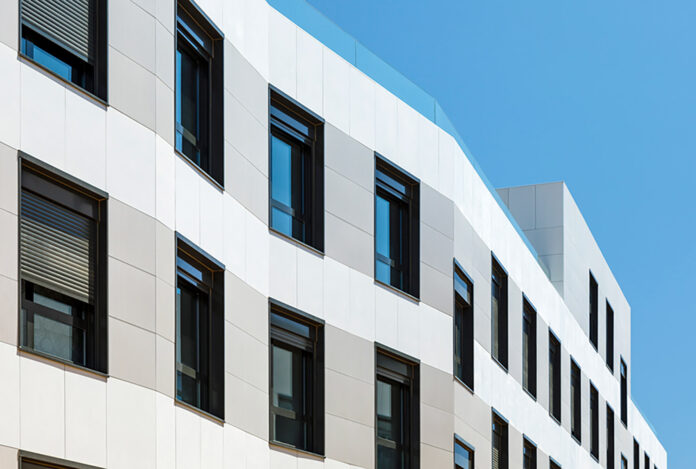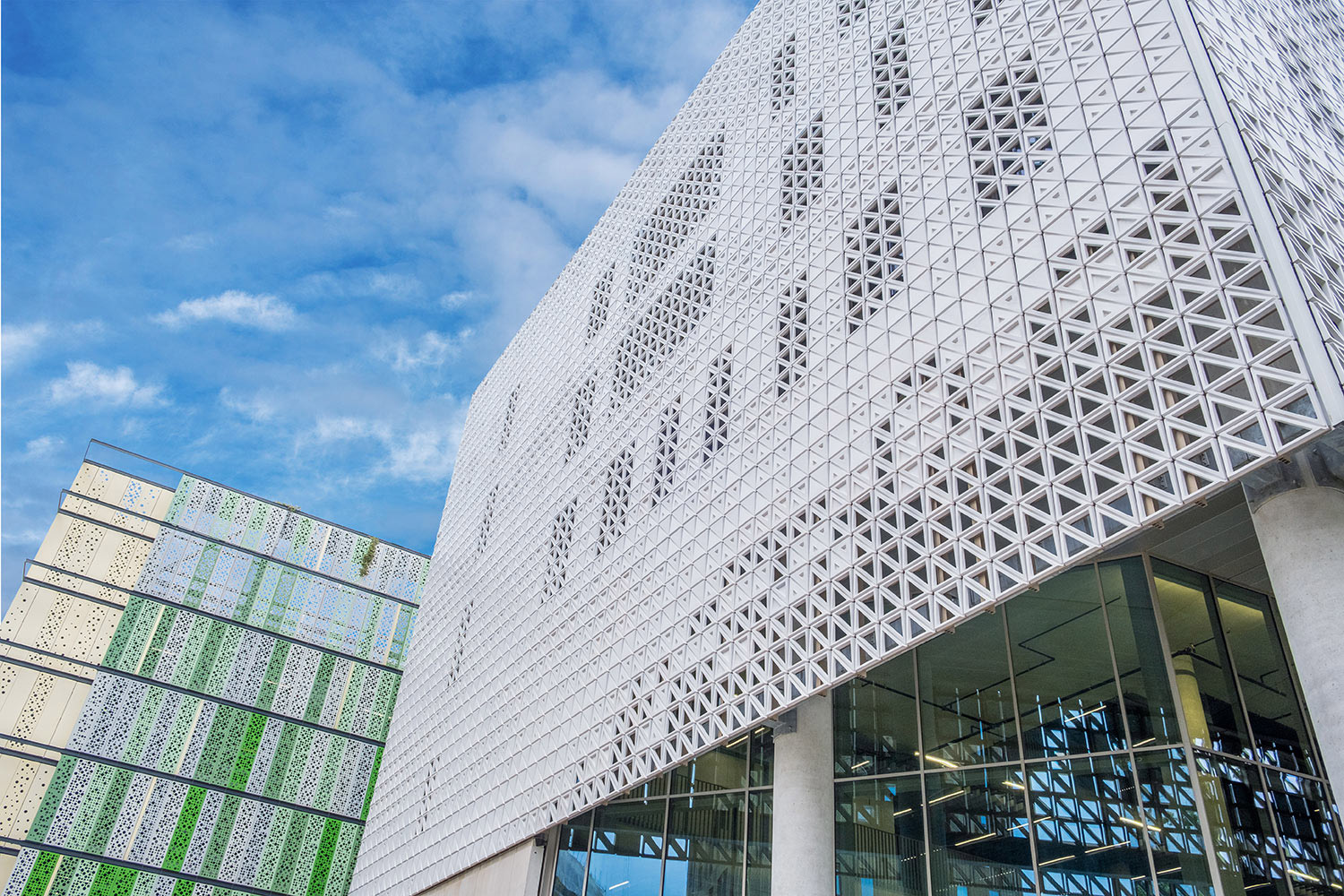Life Cycle Assessment (LCA) is revolutionizing facade engineering, providing crucial insights for sustainable design decisions. Facade engineers and architects use LCA to compare ETICS and ventilated facade systems across their entire lifecycle, from production to end-of-life. This comprehensive approach considers environmental impacts, energy efficiency, and material innovation. While ETICS often has lower initial impacts, ventilated facades may offer superior long-term performance and recyclability. The choice between systems depends on specific climate conditions and building requirements, with both offering significant sustainability potential when properly designed and implemented by skilled professionals.
Life Cycle Assessment Unveiled
The Key to Sustainable Facades
Life Cycle Assessment (LCA) in facade engineering is a comprehensive method for evaluating the environmental impacts of facade systems throughout their entire lifecycle. Key principles include considering all stages from raw material extraction to end-of-life disposal, and assessing multiple environmental impact categories such as global warming potential, energy consumption, and resource depletion.
LCA is crucial for sustainable construction, enabling architects and engineers to make informed decisions about facade materials and systems based on their long-term environmental performance. It helps identify opportunities for reducing environmental impacts and supports the development of more sustainable building practices.
ETICS (External Thermal Insulation Composite Systems) consists of multiple layers including insulation material, fixing components, reinforcing mesh, and decorative finish coating. It aims to minimize heat bridges and protect buildings against environmental factors.
Ventilated facades comprise an outer layer mechanically connected to an insulated inner layer, with an air cavity in between. This system promotes natural ventilation and offers additional protection against moisture.
Performance-wise, ETICS generally provides effective direct thermal insulation, while ventilated facades offer superior thermal regulation and humidity protection.
LCA methodology for facade systems typically defines system boundaries from cradle-to-grave, including production, construction, use, and end-of-life stages. The functional unit is often based on the facade area (e.g., 1 m²) over a specified reference study period, such as 50, 100, or 150 years.
Data collection involves gathering information on material composition, manufacturing processes, transportation, installation, maintenance, and disposal. Analysis techniques include using specialized LCA software like SimaPro or One Click LCA to calculate environmental impacts across various categories.
This comprehensive approach allows for a detailed comparison of ETICS and ventilated facade systems, considering their full lifecycle environmental impacts and supporting sustainable decision-making in facade engineering.
The Green Debate
ETICS vs. Ventilated Facades in Life Cycle Assessment
In the production phase, ETICS generally has a lower environmental impact due to simpler manufacturing processes and fewer components. However, ventilated facades often incorporate more recyclable materials like aluminum.
Transportation and installation impacts favor ETICS, which is typically lighter and requires less complex on-site assembly. Ventilated facades, while heavier, offer potential for prefabrication, reducing on-site waste.
During the use phase, ventilated facades often demonstrate superior energy efficiency, particularly in hot climates, due to their air gap reducing solar heat gain. ETICS performs well in colder climates but may require more frequent maintenance.
End-of-life scenarios favor ventilated facades, which are easier to disassemble and recycle. ETICS, being a composite system, presents challenges for material separation. However, innovations in ETICS are improving its circular economy potential through the development of more easily separable components.
Thermal performance and energy efficiency
Both systems demonstrate adaptability to different climates. ETICS excel in cold climates by maintaining a consistent thermal envelope. Ventilated facades perform well in hot climates, where the air gap can reduce heat gain. In humid environments, ventilated facades have an advantage in moisture management. The choice between systems often depends on specific climate conditions and building requirements, with both offering significant energy-saving potential when properly designed and installed.
Material Innovation and Sustainability
Material innovation in facade systems is driving sustainability improvements. For ETICS, Saint-Gobain Weber has developed weber.therm circle, the first fully recyclable system where all components can be separated and recycled 1. Ventilated facades are embracing design for disassembly, using modular components and reversible connections to enable easier reuse and recycling 2. Emerging eco-friendly materials include recycled metal cladding, sustainable timber, and composite materials made from recycled wood fibers and plastics 3. Green walls are gaining popularity, offering natural insulation and air quality benefits 3. These innovations are helping reduce waste, lower carbon footprints, and promote circular economy principles in facade engineering 4.
(1) https://www.saint-gobain.com/en/news/first-fully-recyclable-etics
(2) https://www.archdaily.com/1014347/facades-in-the-circular-economy-design-for-disassembly
(3) https://aidpl.com/sustainable-facade-cladding-materials-for-modern-buildings/
(4) https://parametric-architecture.com/building-facades-the-recycled-way/
Balancing Act
Life Cycle Lessons from Life Cycle Assessment-Driven Choices
The field of Life Cycle Assessment is rapidly evolving, driven by advancements in AI, machine learning, and digital integration with tools like BIM, sbXML, and IFC. These technologies enhance accuracy, streamline data processing, and enable real-time environmental assessments. Additionally, the shift toward circular economy principles will drive the adoption of recyclable and modular facade components, reducing construction waste and enabling future adaptability. In both ETICS and ventilated facades, manufacturers are exploring new generations of bio-based cladding, low-carbon binders, and reusable insulation materials to align with global sustainability goals.
As sustainable facade systems continue to evolve, ETICS and ventilated facades will remain at the forefront, offering adaptable, high-performance solutions that balance energy efficiency, occupant well-being, and environmental responsibility.
Useful links:
https://www.sciencedirect.com/science/article/pii/S0378778823010721
https://www.ea-etics.com/
Case studies
Ventilated facades
Brighton University Business School
Hassell Architects
Completed in 2021 by Hassell Architects, the Brighton University Business School exemplifies sustainable design through its innovative ventilated facade system. The system’s air cavity creates a buffer zone, improving insulation in winter and mitigating heat gain in summer.
The choice of materials prioritizes durability and recyclability, aligning with Life Cycle Assessment principles. Prefabricated facade elements from Tempio streamlined construction, minimizing waste and on-site emissions. Additionally, the system supports natural ventilation, improving air quality and reducing reliance on mechanical cooling.
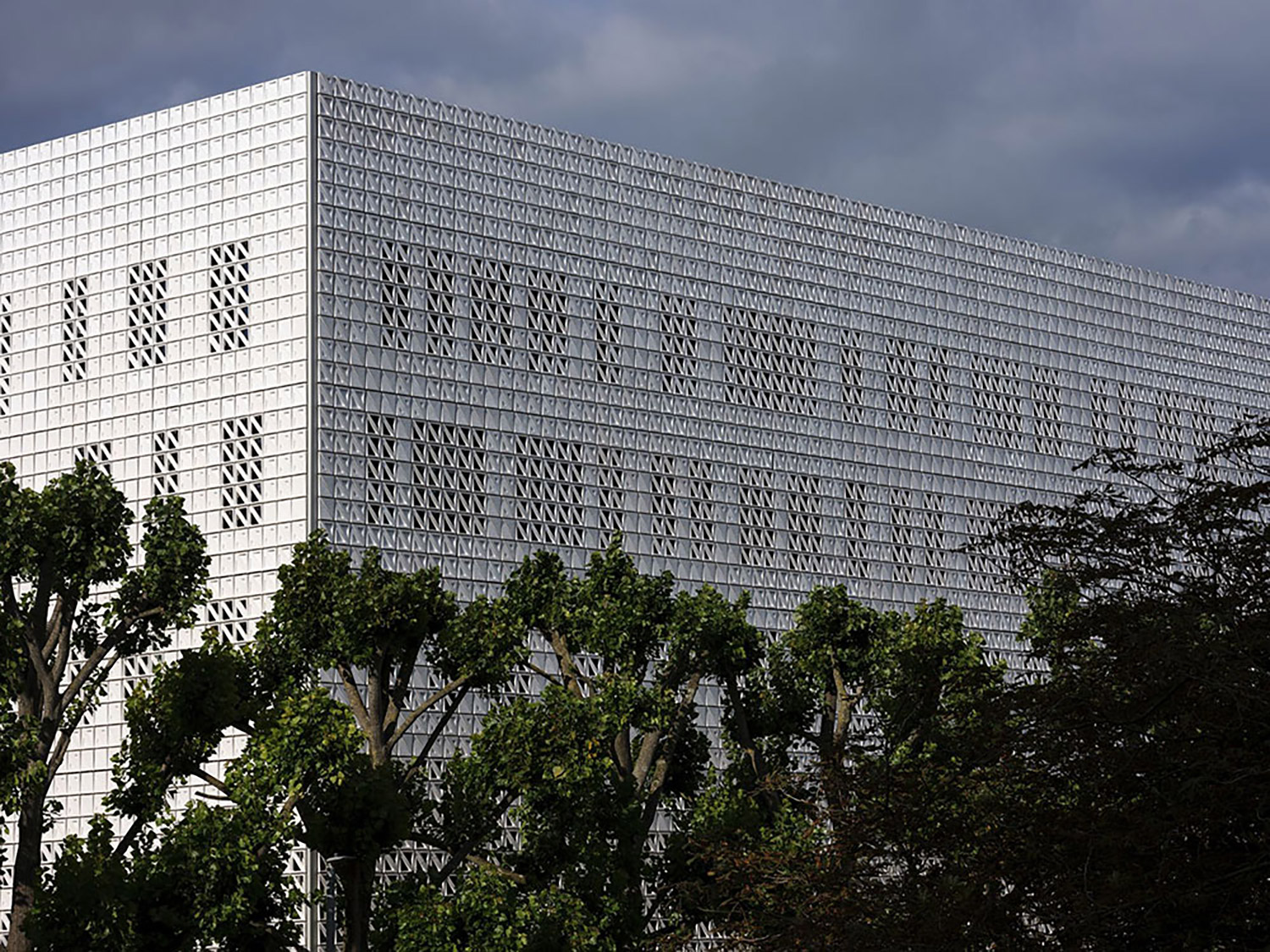
Espazo Amizar
Architects: Vázquez Muíño Arquitectos
Espazo Amizar, originally the Provincial Health Delegation of A Coruña built in 1971, underwent a comprehensive rehabilitation led by Vázquez Muíño Arquitectos in 2022, including a complete façade renovation. A key feature is the implementation of a ventilated façade system using STACBOND aluminum composite panels. This approach not only modernized the building’s appearance but also enhanced energy efficiency by reducing energy consumption through improved thermal regulation. This strategic use of ventilated façades exemplifies a successful blend of aesthetic renewal and functional sustainability in urban architectural rehabilitation.
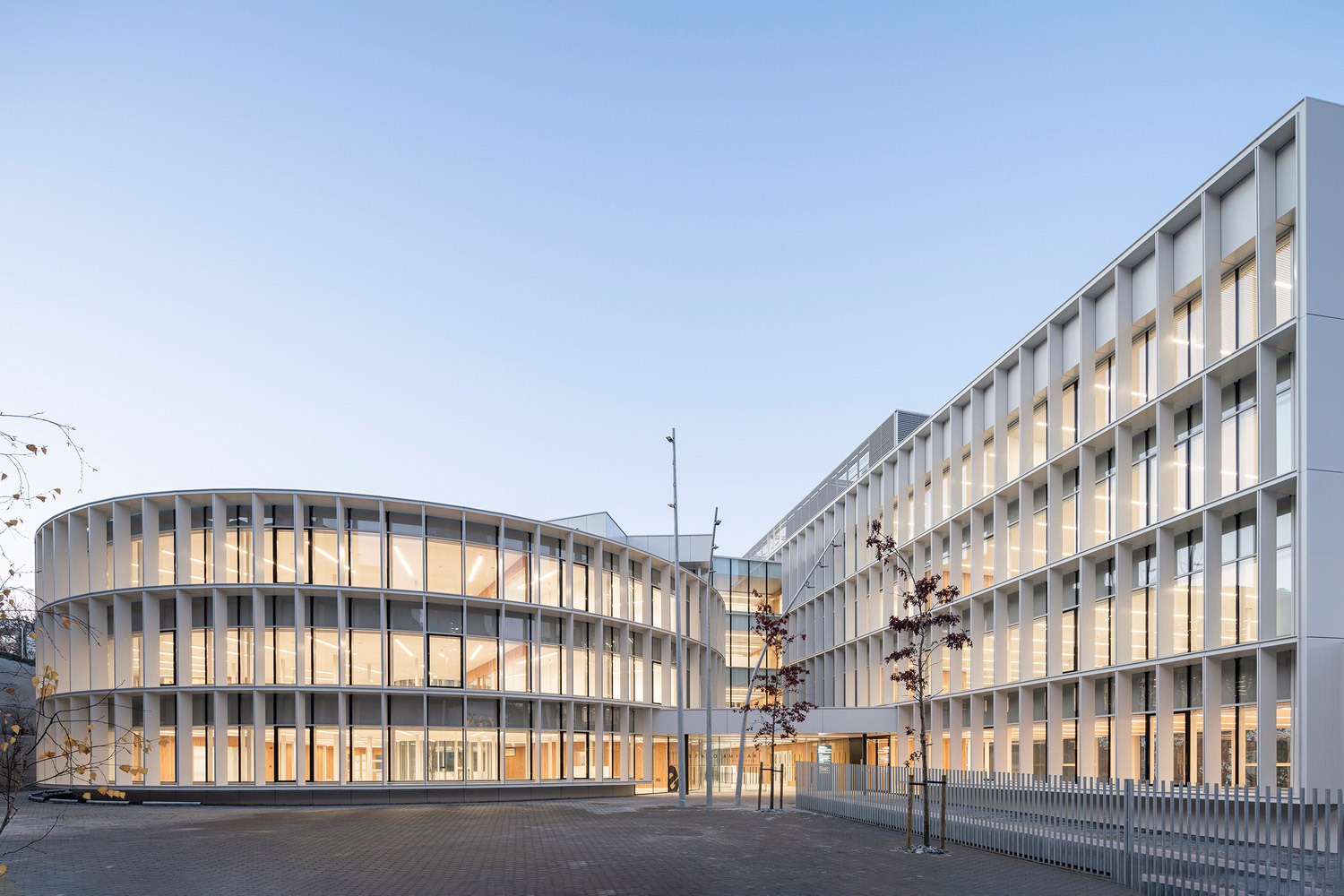
Case studies
ETICS facades
Favorite Spring
Developer: Ulreich Bauträger
The “Favorite Spring” project in Vienna’s 10th district exemplifies sustainable urban renewal through the application of ETICS. Developed by Ulreich Bauträger GmbH, this Gründerzeit-era building underwent extensive refurbishment. The façade was newly insulated with ETICS, complemented by new windows, doors, and central district heating, resulting in a reduction of heating demand by 81% and a CO₂ saving of 65 tons per year. The project also features modern attic extensions designed by Daneshgar Architects. This integration of ETICS not only improved the building’s thermal performance but also contributed to its aesthetic renewal, aligning with Vienna’s commitment to sustainable urban development.
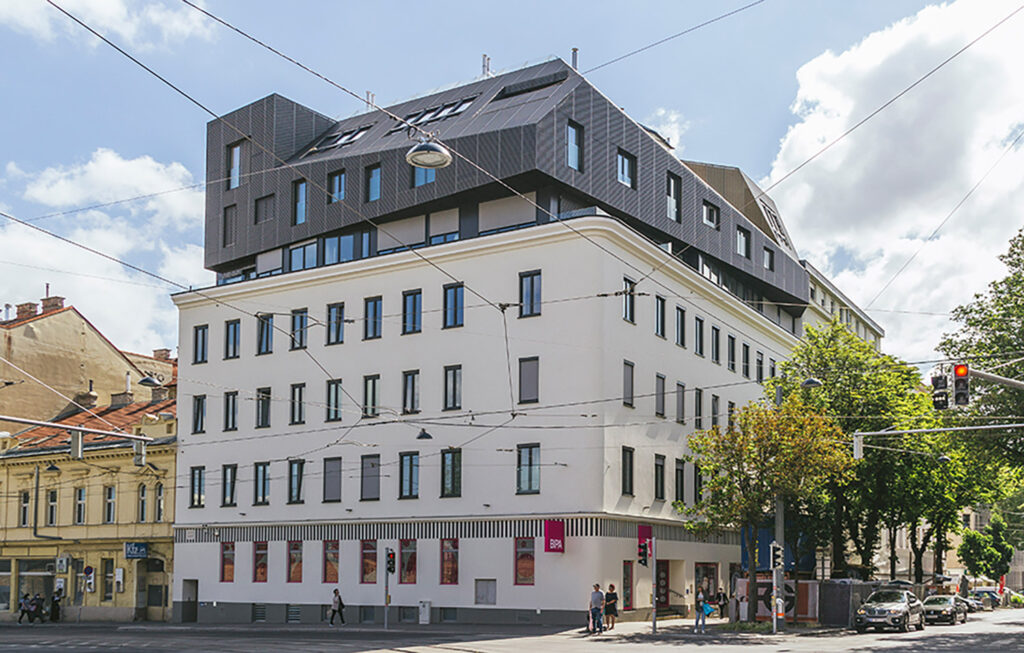
As the Editor of FacadeToday.com, I merge my passion for Design, Architecture and Technologies with three decade of experience collaborating with entrepreneurs across many industries. My career has centered on fostering innovation, scaling business opportunities, and bridging gaps between technical experts, business developers, and creative visionaries. I thrive at the intersection of sustainable solutions, material advancements, and smart technologies, curating insights on themes like energy-efficient facades, smart tech, and advanced manufacturing. With a commitment to lifelong learning, I aim to empower architects and facade engineers by translating innovations into actionable knowledge, driving the industry forward through purposeful connectivity and cutting-edge practices.


